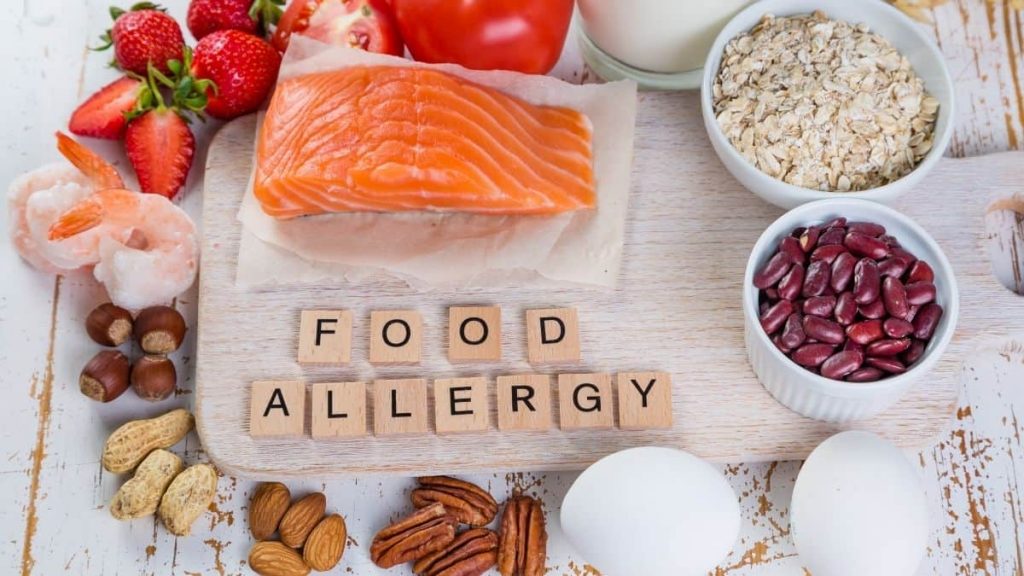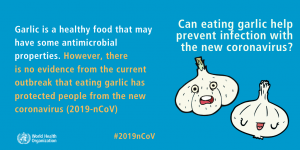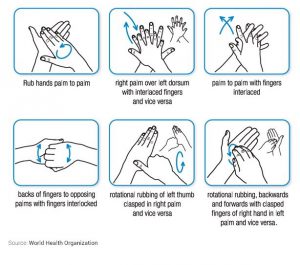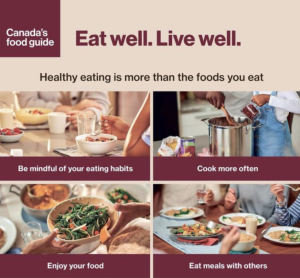
In September, Canada’s largest agrifood tradeshow SIAL hosted an event dedicated entirely to food innovation! With a focus on the future, we heard featured talks from Canada’s leading industry experts. Here are the lasting mega-trends that caught our eye on the future of food innovation!
- Convenience
- Health and Wellness
- Sustainability
It was interesting to see the audience response to the trend ranking questions posed by speakers Isabelle Marquis RD, and food innovation expert Dana McCauley. How would you answer these questions?
- Which of these three core trends do you think was the most influential over the past 20 years?
- Which of these three core trends do you think is the most important to food businesses today?
Convenience
In our fast paced world, the ‘anything, anytime, anywhere’ convenience is on the rise. Consumers are looking for solutions and the industry will have to change to remain relevant. McCauley says, ‘Instead of buying ingredients, people are buying fully prepared meals at the grocery store. We have come a long way from microwave meals.’ Innovations in convenience stores offer online and in-store features that create an ultra-convenient experience. Consider the mobile product recommendations, in-store product scanning codes (Quick Response Matrix) that tell you much more about a product than what fits on the packaging. Convenience is an important trend that will continue to drive future innovation.
Health and Wellness
Health and wellness was ranked as the top trend by event participants. It came out as ‘most influential in the past 20 years’ and ‘most important in business today’. Not surprising, consumers are expecting food products that are nutrient rich, support a healthy lifestyle and taste great! Long gone are the days of ‘no fat’ where taste and texture of modified foods were underwhelming. Food makers are boosting the beneficial ingredients with proven health benefits including omega-3 fats, probiotics and other functional ingredients. Protein continues to lead food innovation from snacks to meals with focus on nutrient quality and source. Besides nutrients, the ingredients list is in the spotlight. Consumers are choosing to follow an individualized eating pattern that’s good for their personal health and fits their schedule. McCauley observed that more often, the question around meal times may be ‘What will I eat?’ instead of ‘What’s the family dinner?’ The ‘clean label’ trend is here to stay too with no artificial ingredients and no additives. This back to basics and want for naturalness is going to be part of the future of a very strong health and wellness trend.
Sustainability
In addition to looking for foods that are good for the body, consumers are also considering what’s good for the planet. People – especially millennials – are asking questions about where their food comes from and how it was grown / raised and processed. Simple, minimally processed, sustainable foods that are healthy for people and the planet are promising to lead us into the future. Responsibly grown and processed food is a very important aspect of innovation and it also has a direct impact on the global food supply chain. Buying products considered to be ‘green’ and made with ‘clean ingredients’ is a lifestyle choice that more consumers and communities will be embracing. Another sustainability pillar is around packaging. ‘Plastic attack’ was alive and well pre-Covid pandemic and is likely to return before too long, predicts Marquis. Eco-friendly packaging is what consumers will expect when choosing groceries. Sustainability is a concern to everyone on the planet and we all have a chance to do something about it.
Bottom Line
The challenge of the times for the food business according to McCauley, is ‘integrating the most relevant trends with your brand identity and your consumers’ needs.’ The three key trends driving the way we will be eating in the decades to come include convenience, health and wellness and sustainability.
Connect with us (Info@NutritionForNonNutritionists.com) and let’s work together for your innovation journey. As dietitians, we can support you and your business in taking meaningful steps toward healthier communities and a more sustainable agri-food industry.










 1. What’s your cultural background?
1. What’s your cultural background?











 Guest blog written by Novella Lui, RD, MHSc – Novella is a registered dietitian and a nutrition communications strategist who is passionate about creating engaging content for a wide array of audiences. You can find her at
Guest blog written by Novella Lui, RD, MHSc – Novella is a registered dietitian and a nutrition communications strategist who is passionate about creating engaging content for a wide array of audiences. You can find her at  L.Weiler, Canva
L.Weiler, Canva





























